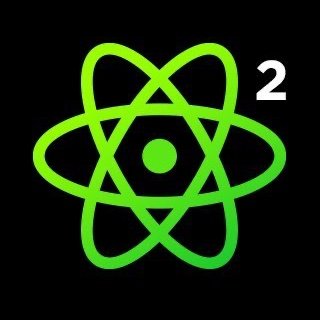♪♪♪ Hey, folks, today we're going to build a React application with just our voice. Super excited, but I'm just going to give you a little bit of background before we dive into that. We're going to talk about GitHub Copilot, prompt engineering tips with GitHub Copilot, and then we're going to use our voices to build a React app.
You might be wondering, who am I? Who's this awesome person who could build apps with their voices? My name is Rizal Scarlett, I'm a developer advocate at GitHub. I have a background in software engineering and teaching underrepresented groups how to code. I'm also addicted to social media, so if you wanted to connect with me, my handle is at BlackGirlBytes on most platforms, including BlueSky and Mastodon, so find me on there.
Okay. GitHub Copilot, what is it? It's an AI peer programmer that helps you to code faster with less work. And so it feels like magic to me, just saying. It feels like it can read my mind, but being honest, it can't do either of those things, and sometimes it doesn't always spit out perfectly well-written, up-to-date code. Maybe sometimes it's referencing an older API, which is why I always encourage people to go back, review the code that is generated just as you would with a human peer programmer.
Okay, so what's happening if it's not magic? Under the hood, GitHub Copilot is drawing context from your comments and your code and suggesting individual lines and whole functions instantly. It's being powered by OpenAI Codecs. And you may be familiar with OpenAI because of ChatGPT or DALI, which is the AI image generation tool, but Codecs is another thing they created. And it's a machine learning model that translates natural language into code. Some background on Codecs is that it's a later version of GPT-3, which stands for Generative Pre-trained Transformer 3, which uses deep learning to produce human-like text. A lot of our favorite apps, like Duolingo, use GPT-3 for grammar correction. And the biggest difference between GPT-3 and Codecs is that Codecs has been fine-tuned for programming. So this is what's power in GitHub Copilot. Here's an example of GitHub Copilot in action. We have Melmykdev from Twitter, who is using GitHub Copilot to translate the strings, answer question and date. And all that they do is they provide context through the language code, so FR for French, JP for Japanese, ES for Spanish, and GitHub Copilot takes that context and translates it into the right words. So, maybe you're like, I've used GitHub Copilot and it's not working for me, it's not doing it. Let me introduce you to the concept of prompt engineering. And that's the practice of using prompts to get the output that you want. Here are my top three tips for prompt engineering. Give it a high-level task description. At the top of the file, describe the app's purpose so that it knows what it's doing. This is especially helpful if you're starting from a clean slate, there's no code in it. GitHub Copilot has no context.".





















Comments